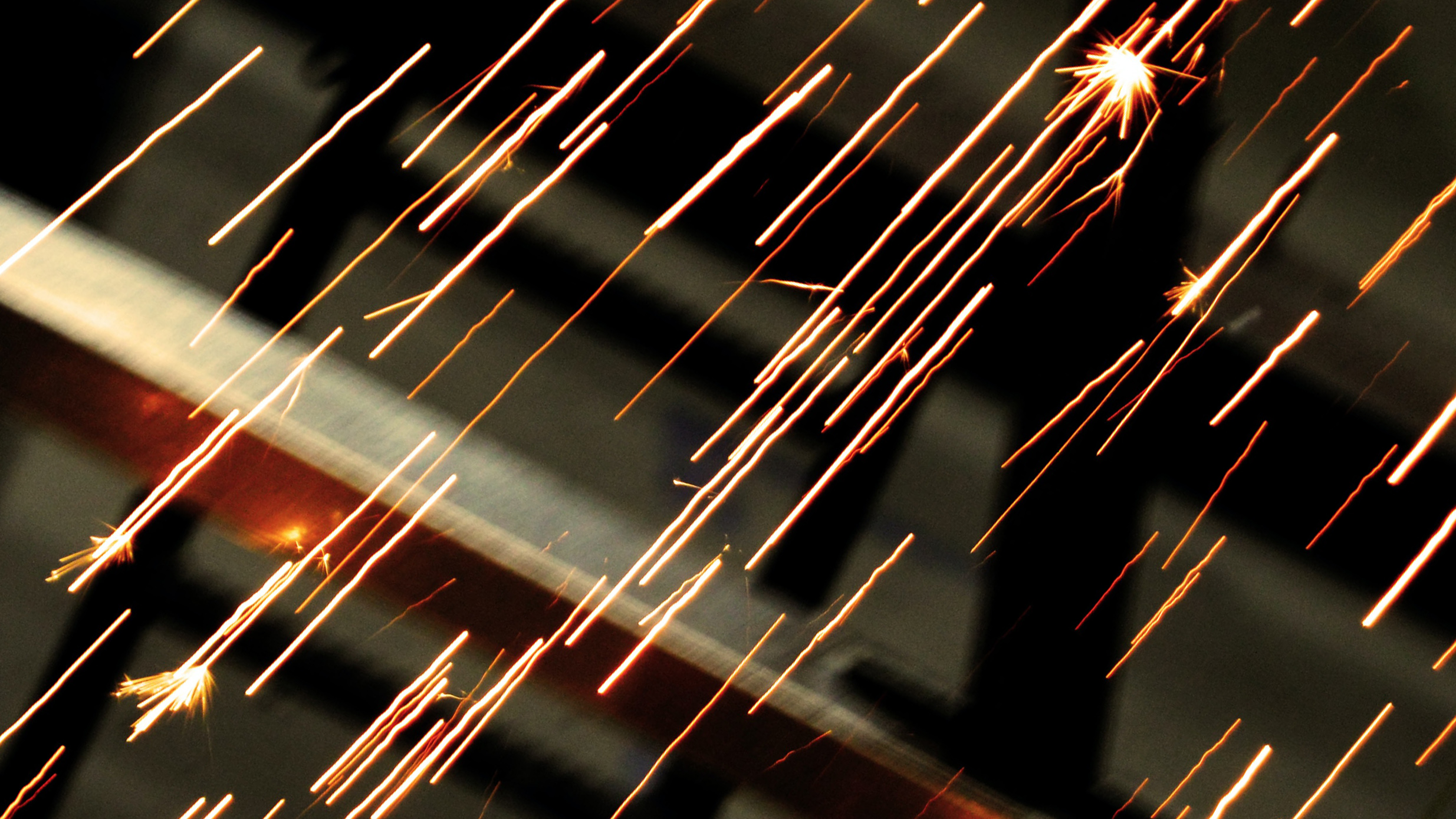How does Synergic Welding Plants work?

Within the “welding world”, we regularly hear the word Synergic used to describe a method of welding. We thought we would take the opportunity to walk you through what this means and how it works.
The term synergic comes from the Attic Greek word synergia from synergos, meaning "working together".
Synergic welding is a method of control used on wire fed processes, such as: MIG/MAG, FCAW and MCAW welding processes.
Conventionally, MAG welding machines were controlled with a wire feed speed dial, with course and fine dials for voltage control. It was the down to the skill and experience of the welder to ‘set-up’ the machine via these dials and to produce welding conditions that were suitable for the intended task. Often, welders would find a setting that suited them, rather than a setting that suited the tasks. To this day, you still see older welding plants with permanent marker lines on wire feed dials for the ‘best setting’.
Rapid advancements in digital inverter technology has effectively turned modern welding plant into a computer.
Synergic welding control comes from programmes stored in your machine to produce a specific output, based on the operators input settings (Wire feed speed, wire diameter, gas type or material grade / thickness.
All settings are filtered by the welding machines computer to produce a suitable starting point for welding, this is based on the information inputted by the operator.
Synergic Welding Advantages:
- On knob operation-
- Quick and easy selection
- Optimum setting for each material
- User friendly- minimum training required
- Consistent welds easier to achieve
- Easy to set pulse welding parameters
Synergic Welding negatives:
- Incorrect welding possible with incorrect input selection.
- Amperage selected might not be correct for joint configuration, (slightly cooler than expected).